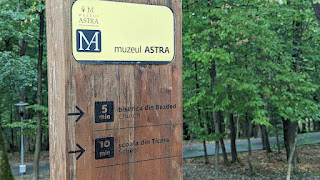Saturday, August 19th, Prague, Czech Republic
Greetings!
Our drive up the Elbe River Valley from Germany into the Czech Republic has yielded a real surprise. When our guide told us a few days ago that we would be able to followthe end of the season celebration in Dresden last night with another on our first day in the Czech Republic, we had no idea it would showcase a connection so close to our home.
The area we traveled into consists of small towns that are desparate to build their own support systems collectively. Seven of them decided to call themselves Czech California (Ceska Kalifornia) and today they are having their second annual Festival. William introduced us to two local electeds who walked us through the Festival grounds, providing us with promotional buttons, photo book, t-shirts, and participation in a cake eating contest - all designed to highlight their efforts to champion a regional approach to civic self-sufficiency. The town mayor and one of her colleagues told us that many of the areas in this part of the Czech Republic have identified their regional collaborations using American state names (Czech Texas, Czech new York, etc), and are beginning to find ways to match local revenues with tourist-focused promotional campaigns. In that way, they build their capacity to augment the program needs which traditional municipal efforts have failed to provide. The timing of a tour group, heavily population with Californians, arriving on the day of festival promotion for a regional group of towns which calls itself Czech California was perfect. We listened to their present and future goals, and related how closely they were to efforts back home in California. Many of the needs of our towns and regions parallel those here, and we are exploring regional planning that mirrors today's activities.Our next stop was the Terezin Concentration Camp, a combination ghetto and waystation to the Nazi extermination camps established in World War II. Originally founded in 1742 by the Austrian Hapsburg Monarchy, it functioned as a military base and prison for two hundred years. In 1941, it was decided to convert it into a transit center for Czech Jews.
To see all of the photos taken today, click on Saturday, August 19th, Prague, Czech Republic.









Comments
Post a Comment